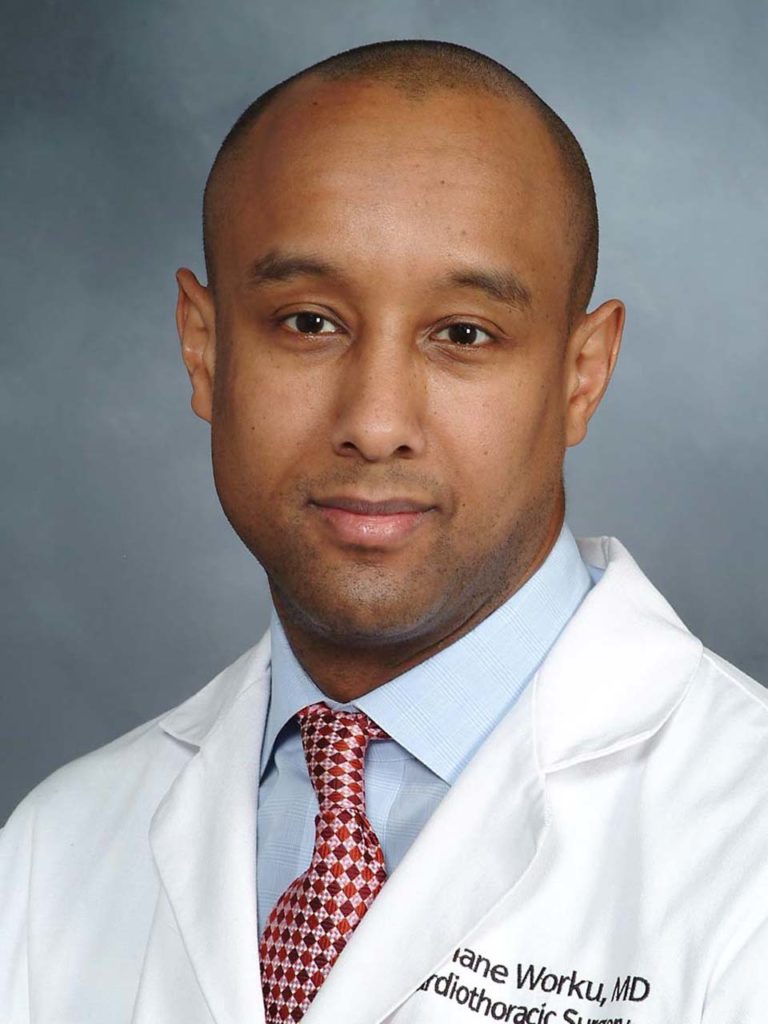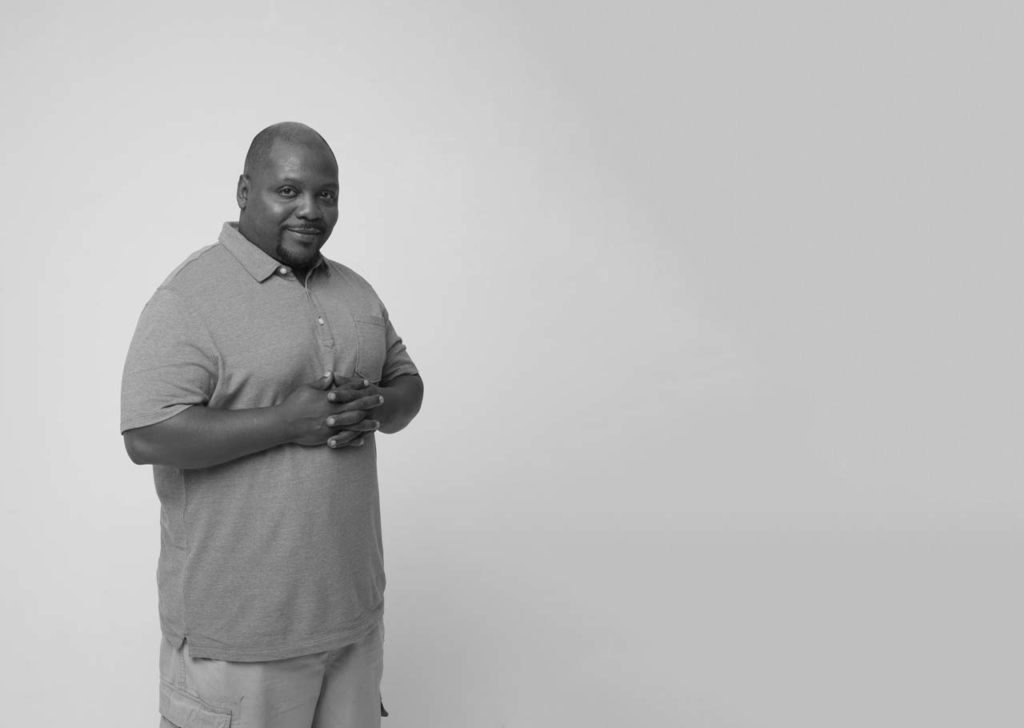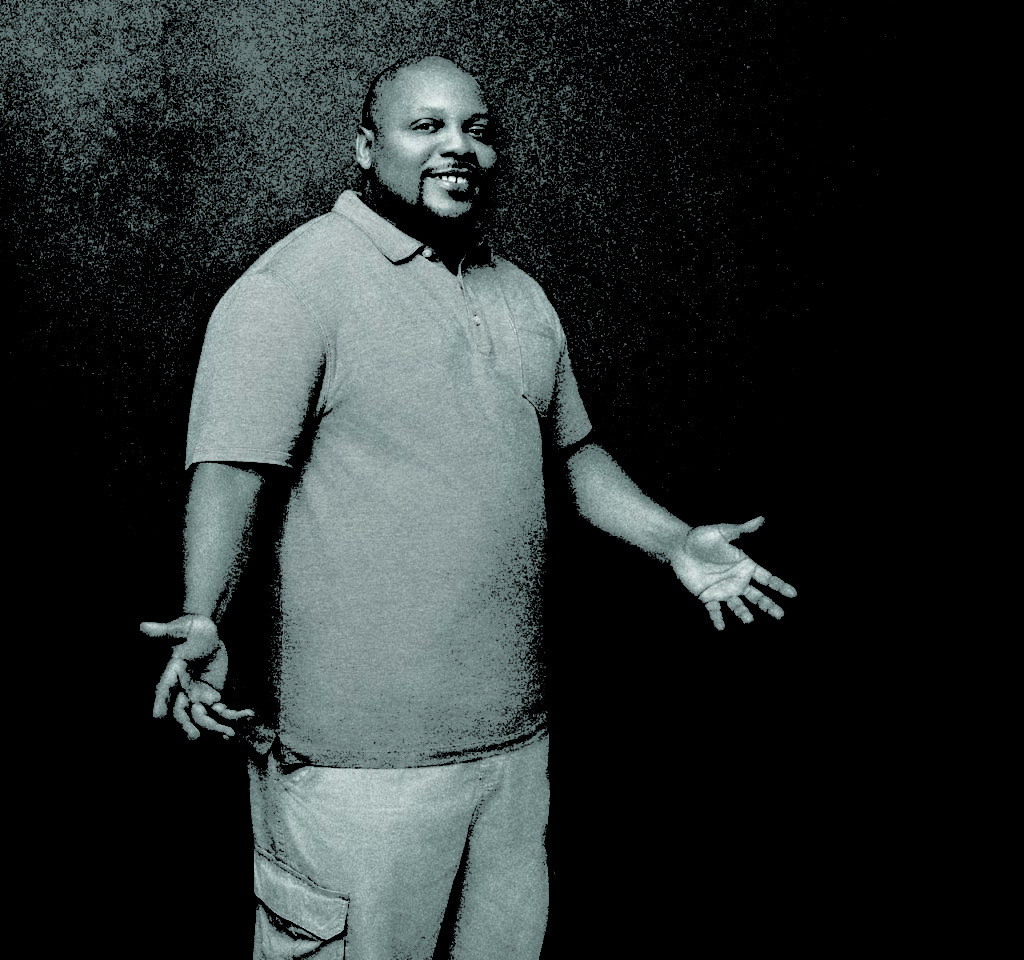ACUTE AORTIC DISSECTION REPAIR REQUIRES AN INORDINATE DEGREE OF SURGICAL SKILL. IN THIS CASE, IT ALSO INVOLVED A HALF HOUR OF CRITICAL AND REMARKABLE DEXTERITY
BY MATT SCANLON
Raymond Morales was taking a shower when he began experiencing excruciating pain in his chest. He called out to his girlfriend, a nurse, who immediately gave Morales aspirin, thinking that he might have been experiencing a heart attack caused by a blood clot (aspirin slows the clotting process). Paramedics transported him to NewYork Presbyterian Brooklyn Methodist Hospital, where it was revealed that Morales had an acute Type A aortic dissection a rare and very serious condition in which the aorta’s inner layer tears, causing blood to rush through the hole into another aortic layer (there are three in all), which results in them separating.

“A tear like this what we also refer to as a dissection essentially means the blood isn’t going where it should,” explained Berhane Worku, MD, a cardiothoracic surgeon at the hospital.
“Normally, blood coming through the ascending aorta branches into the brain and other areas of the body. When blood doesn’t make it down those branches, it can cause a stroke or a heart attack. A dissection can also rupture through the aortic wall into the chest cavity, which is obviously extremely serious.”
Ascending aortic dissections like this require open heart surgery, and of a type that, explained a 2017 article in The Annals of Thoracic Surgery (Volume 103, Issue 1), “[requires] complex surgical decision making, and is technically demanding.” With respect to teaching the procedure to other surgeons, the same article goes on to say that repair frequently “taxes even master surgical educators.”
“I’d say that’s a fair characterization,” said Dr. Worku, who received his MD from Harvard Medical School in 2003, and is both Assistant Attending Cardiothoracic Surgeon at NYPBMH and Assistant Professor of Clinical Cardiothoracic Surgery at Weill Cornell Medical College (both facilities share the same Cardiac Surgery Service). “With standard open heart surgery let’s say you are replacing a valve you have to stop the heart from beating, and find another way of getting blood to the body. For most surgeries, that means putting patients on a bypass machine then continuing the operation.”
An aortic tear of Morales’s type, however, involved a significantly greater degree of complexity. “This dissection continued past the ascending aorta to the arch, which has branches to the brain and other areas of the body, and we had to both see into and make repairs in those areas. The only way to do that is to temporarily stop the bypass machine for a period of time so that I can actually see into and beyond the arch. People couldn’t tolerate that normally, so what we do is lower the patient’s body temperature; in this case to approximately 21°C (77°F) so it can tolerate this period of “circulatory arrest.”

Once that lower temperature has been achieved, the bypass machine is turned o and the repair initiated. In this case, that included the placement of a synthetic piece of aorta. Dr. Worku characterized the approximately 30 minutes of bypass machine suspension as “a kind of race.”
“You want to proceed briskly, so as not to deprive the body of blood and oxygen for too long, particularly the brain, but you also want to make sure that repairs are hemostatic, in other words that the connections do not bleed,” he said. “Finally, when you are using the synthetic replacement and are stitching it to the existing aorta, its layers can be very fragile—often like suturing layers of tissue paper back together—yet you can’t take all day to get it right.”
The surgery was completed successfully, and over the course of a few months Morales was able to return to a normal life. In a NYPBMH published article about his experience, he said, “I’m still amazed that I am alive. Dr. Worku saved my life. I just want to thank everybody for helping me out… [to be] here to live another day and be with my friends and family.”
The integrated nature of Weill Cornell Medicine and New York Presbyterian Brooklyn Methodist, Dr. Worku explained in a hospital video, “offers a very wide variety of services, from standard elective cardiac surgical procedures like coronary bypass grafting, valve repair and replacement, and aneurysm repair to a range of more urgent procedures, including aortic dissection repair, pulmonary embolectomy, and a variety of other more rare procedures such as mechanical circulatory support for patients presenting in cardiac arrest, such as extracorporeal membrane oxygenation [ECMO].”

More recently, he explained, the Program has included percutaneous approaches to valve disease, particularly transcatheter aortic valve replacement (TAVR) “in collaboration with interventional cardiology. We perform a number of TAVR procedures with excellent results—see patients going home after percutaneous aortic valve replacement in two days. We have extended this to mitral valve therapies. I also work in collaboration with the cardiac surgical department at Weill Cornell Medicine, particularly in the heart failure service, involved with implantations of durable left ventricular assist devices.”
NewYork Presbyterian Brooklyn Methodist Hospital
506 6th Street / 718.499.CARE (2273)
nyp.org/brooklyn


